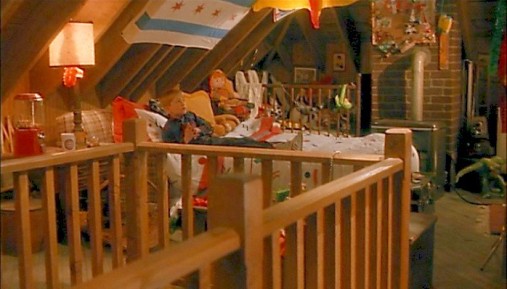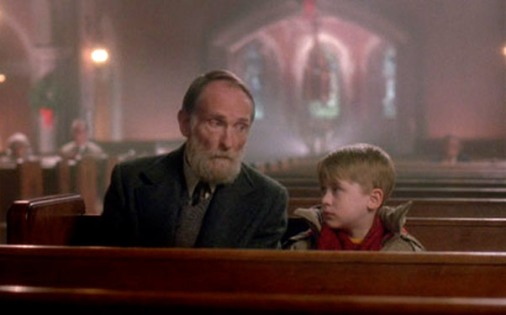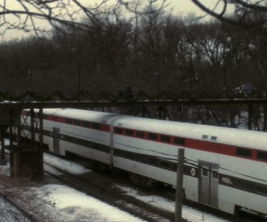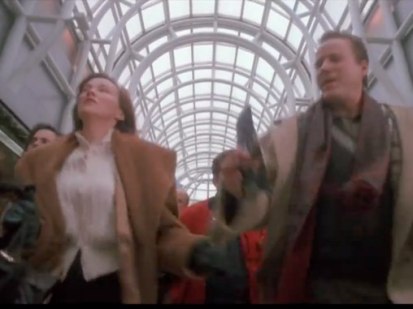Everybody knows the famous “city of the big shoulders” poem. What you may not know is that Carl Sandburg wrote not just a poem, but an entire book of poems, about this city. A defining work of the Chicago Renaissance, the book is a perfect example of what literary scholars now call modern poetry. Concerned with the people and places he saw every day rather than mythology and other classical topics, Sandburg and other poets of the Chicago Renaissance wrote about the particular scenery, dialects, smells, and characters they encountered on the city streets. Chicago Poems is more than a pleasure to read as a book of poetry; it is a document of what Chicago was like in 1916. The poems have a delightfully populist bent to them, and some are even political, but there are also poems that are just plain fun.
Rather than overrun this blog with poetry, I’ll just post two that I think are often overlooked and that are particular favorites of mine.
The first, “To Beachey, 1912,” describes a flight of Lincoln Beachey, widely considered America’s first great stunt pilot. Beachey set an altitude record in Grant Park during August of 1911, according to The Chicago Daily News Almanac and Year Book. About 75,000 people sat in bleachers along the lakeshore to watch him (and others) at the 1911 Chicago International Aviation Meet, and Sandburg may have been among them. Sandburg may have also watched Beachey fly at the 1912 International Aviation Meet, where Beachey dressed in comical drag and performed numerous stunts as “Madam Lavasseur.”

Source: aerodacious.com
Enough exposition! Here is the poem:
RIDING against the east,
A veering, steady shadow
Purrs the motor-call
Of the man-bird
Ready with the death-laughter
In his throat
And in his heart always
The love of the big blue beyond.
Only a man,
A far fleck of shadow on the east
Sitting at ease
With his hands on a wheel
And around him the large gray wings.
Hold him, great soft wings,
Keep and deal kindly, O wings,
With the cool, calm shadow at the wheel.
The other poem is “Clark Street Bridge.” In it, Sandburg describes the site of the Eastland disaster. Beautiful and haunting, its lyricism is as striking as its imagery. Interestingly, the bridge Sandburg would have crossed while going from River North to the Loop was the second bridge at this location–the bridge there today was completed in 1929, and the first one saw Chicago’s first civil disturbance, a beer riot, unfold. Still, I think these evocative words can yet catch in the hearts of those walking through the city on a misty, lonesome night.
DUST of the feet
And dust of the wheels,
Wagons and people going,
All day feet and wheels.
Now. . .
. . Only stars and mist
A lonely policeman,
Two cabaret dancers,
Stars and mist again,
No more feet or wheels,
No more dust and wagons.
Voices of dollars
And drops of blood
. . . . .
Voices of broken hearts,
. . Voices singing, singing,
. . Silver voices, singing,
Softer than the stars,
Softer than the mist.
You can read the rest of Sandburg’s Chicago Poems right here, if you like.













